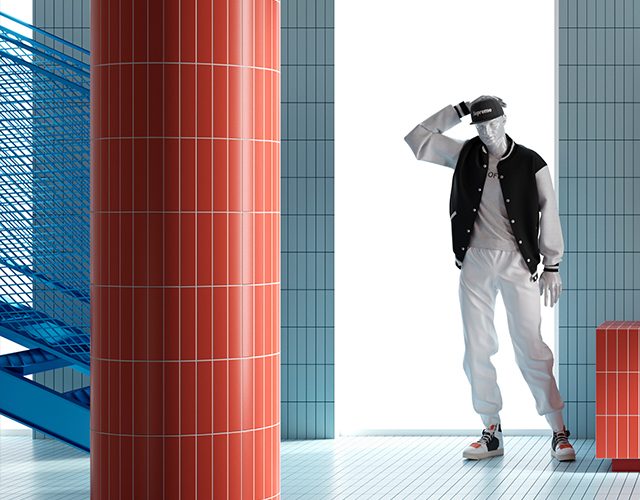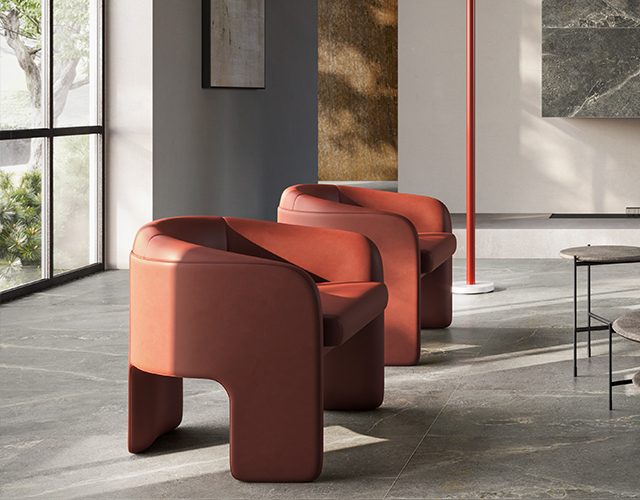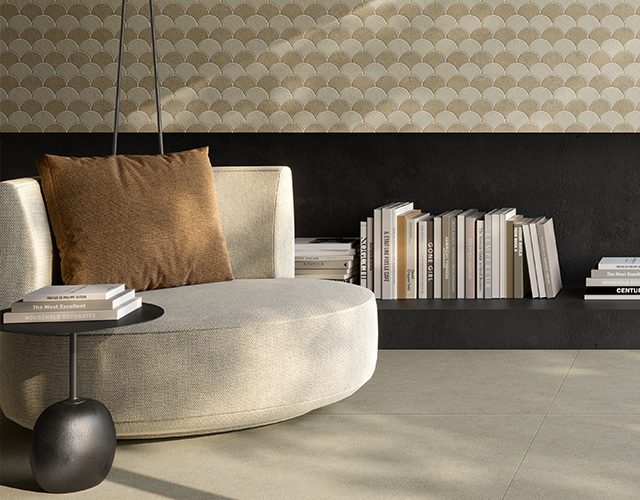 Global
Global
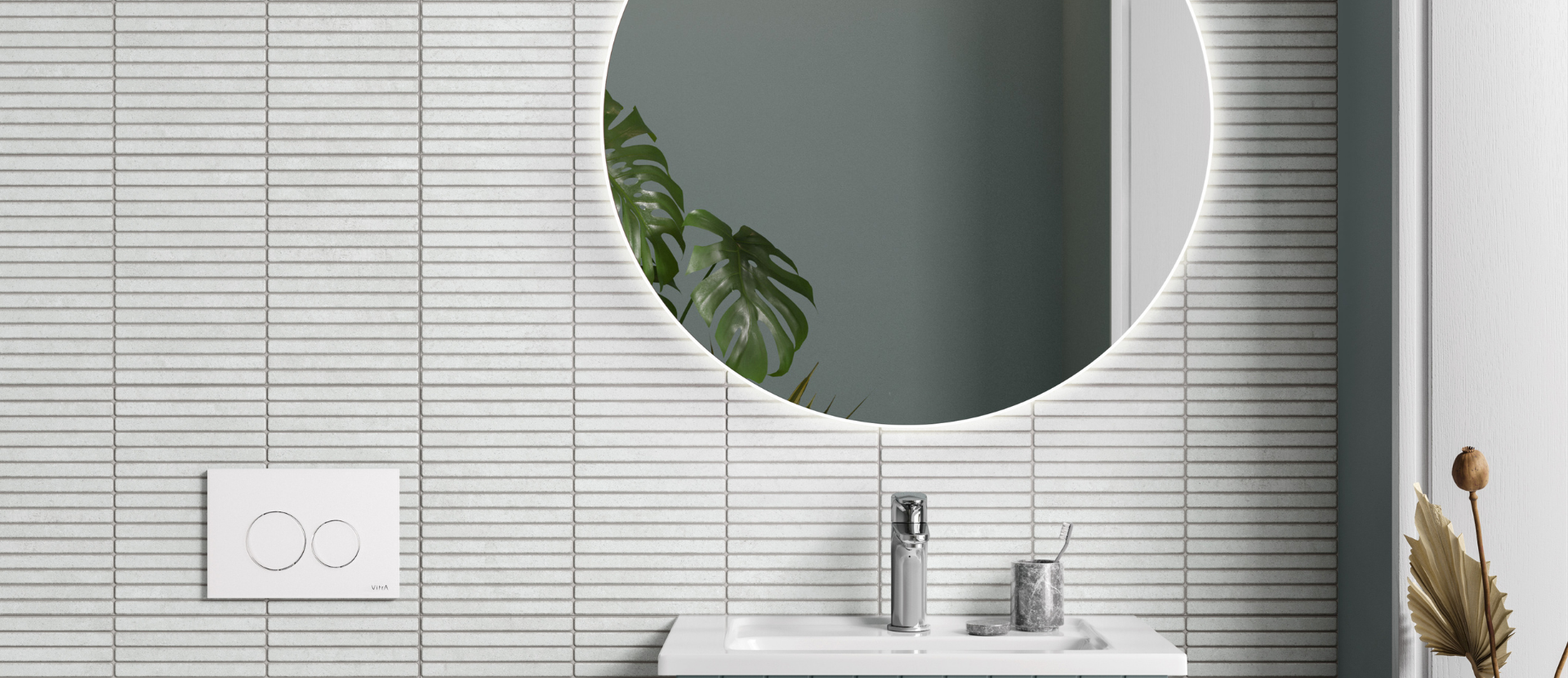
Which Shower Tiles Actually Work in British Bathrooms?
The ones that don’t crack, slip, or turn into a mouldy nightmare within six months.
Sounds brutal? That’s because British bathrooms are brutal environments. We’re talking temperature swings from freezing January mornings to steamy summer showers, relentless humidity, and the kind of daily use that would make Mediterranean tiles weep. Your shower tiles need to be tougher than your morning coffee—and twice as reliable.
Why Do Shower Tiles Fail in UK Homes?
Here’s what the glossy magazines don’t tell you: gorgeous shower tiles from warmer climates often can’t handle British reality. Our homes heat up and cool down constantly, creating expansion and contraction that weaker tiles simply cannot cope with.
Common shower tile failures in the UK:
- Cracking from temperature fluctuations
- Grout discolouration from persistent moisture
- Slippery surfaces that become hazardous
- Poor drainage leading to standing water
- Tiles that look stunning but require daily maintenance
The secret isn’t just choosing beautiful shower tiles—it’s choosing ones engineered for our specific challenges.
Are Classic Shower Tiles Still Worth Choosing?
Subway Tiles: The Reliable Old Friend
Subway shower tiles remain popular for one simple reason—they work. These rectangular workhorses have survived decades of British bathrooms because they’re inherently practical. The size allows for reasonable grout lines (not too many to clean, not too few to be slippery), and their simple shape means consistent manufacturing quality.
But here’s where it gets interesting: modern subway shower tiles aren’t your grandfather’s bathroom tiles. You can now get them in larger formats, with bevelled edges, or in unexpected colours. Black grout with white subway tiles creates a graphic look that’s both timeless and contemporary—plus, dark grout hides soap scum better than pristine white.
The herringbone pattern using subway shower tiles adds visual interest without overwhelming smaller British bathrooms. Just remember: complex patterns mean more corners for grime to hide.
Which Shower Tiles Handle Daily Family Life?
Large Format: Less Grout, Less Grief
Large shower tiles are having a moment, and it’s not just about aesthetics. Fewer grout lines mean less maintenance—a crucial consideration when you’re dealing with hard water and busy family schedules.
Benefits of large shower tiles:
- Easier cleaning (fewer grout lines to scrub)
- More seamless appearance
- Better water resistance
- Suitable for smaller spaces (creates illusion of size)
However, large tiles require perfectly level walls. If your Victorian terrace has character (read: wonky walls), you might need professional installation to avoid lippage—that annoying step between tiles that catches your loofah.
Waterproof Reality Check
All shower tiles should be waterproof, right? Wrong. Some natural stones are porous, and even ceramic tiles vary in their water absorption rates. In British bathrooms, where moisture lingers longer due to our climate, this matters enormously.
Porcelain shower tiles offer the best water resistance, often with absorption rates below 0.5%. They’re dense, durable, and available in styles ranging from wood-effect to marble-look. For busy families, they’re practically bulletproof.
Can Mosaic Shower Tiles Work for Everyone?
Mosaic shower tiles divide opinion like Marmite. Some love the spa-like luxury and slip resistance; others curse the grout-cleaning nightmare.
The Mosaic Truth
Small mosaic shower tiles create natural grip through multiple grout lines—excellent for shower floors where safety matters. But that same feature may become a cleaning burden on walls, where soap residue settles into every crevice.
Smart mosaic applications:
- Shower floors for safety
- Feature walls (one wall maximum)
- Niche detailing for visual interest
Avoid full mosaic shower walls unless you enjoy spending Sunday mornings with a toothbrush and bleach. One accent wall or a border can provide visual impact without the maintenance headache.
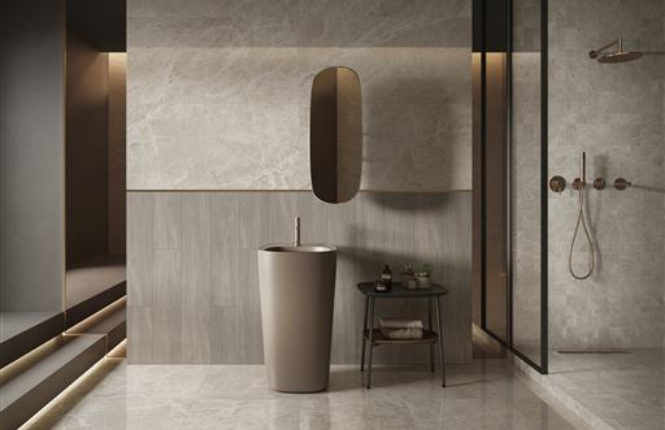

What About Modern Shower Tiles for Contemporary Homes?
Geometric Patterns That Actually Work
Modern shower tiles often feature geometric patterns, but not all work in British bathrooms. Hexagonal tiles look stunning but create multiple corners where soap scum accumulates. Large-scale geometric patterns on substantial tiles work better—they provide visual interest without maintenance penalties.
Textured Options: Style vs Practicality
Textured shower tiles add sophistication and slip resistance, but texture also means more surface area for dirt and soap to cling to. Choose wisely—subtle textures provide grip without becoming cleaning nightmares.
Stone-effect porcelain shower tiles give you the look of natural materials with none of the sealing requirements. They’re particularly effective in contemporary bathrooms where you want that raw, natural feel without the upkeep.
How Do You Choose Shower Floor Tiles That Actually Work?
This is where many people get it wrong. Your shower floor tiles need to be:
Slip-Resistant But Cleanable
The British Standard for slip resistance (PTV values) exists for good reason—our wet floors are genuinely dangerous. Look for shower floor tiles with adequate grip, but avoid anything so textured that cleaning becomes impossible.
Penny round mosaics provide excellent grip and look fantastic, but consider the grout-to-tile ratio. More grout means more cleaning, but also better drainage around each small tile.
Properly Sloped and Sized
Large tiles on shower floors require perfect installation to maintain proper drainage slopes. Smaller tiles conform better to drainage gradients, ensuring water flows toward the drain rather than pooling in corners.
Which Grout Choices Make or Break Your Shower Tiles?
Your grout choice can make beautiful shower tiles look awful—or average tiles look expensive.
Colour Psychology in British Bathrooms
Dark grout hides staining but shows water spots and soap residue. Light grout looks fresh initially but requires more maintenance. The sweet spot? Mid-tone grouts that camouflage both dirt and water marks.
Epoxy vs Cement-Based
In our damp climate, epoxy grout performs significantly better than standard cement-based options. It resists staining, doesn’t require sealing, and handles our humidity better. Yes, it costs more upfront, but the long-term benefits in British bathrooms are substantial.
Are Quick-Fix Shower Tile Solutions Worth It?
Installing new shower tiles over existing ones sounds appealing—less mess, lower cost, quicker completion. But it’s only viable if your existing tiles are secure and you’re not adding significant weight.
In older British homes, this approach often creates more problems than it solves. Water can get behind loose areas, creating hidden damage that becomes expensive later.
When to Renovate Properly
If your current shower tiles are failing, address the underlying issues properly. Cutting corners on waterproofing or substrate preparation in our climate leads to bigger problems down the road.
The Reality of Choosing Shower Tiles in Britain
Your shower tiles will face steam, soap, shampoo, hard water, temperature swings, and daily use for years. Choose ones that handle this reality gracefully rather than those that look perfect in Mediterranean showrooms.
The best shower tiles for British homes balance beauty with practicality. They should make you smile when you see them and not make you curse when you clean them.
Whether you opt for reliable subway styles, dramatic large formats, carefully chosen mosaics, or contemporary geometric patterns, prioritise quality, water resistance, and maintenance reality over fleeting trends.
Transform your bathroom with shower tiles designed for British living. VitrA’s collections combines European style with practical performance, engineered for the demands of UK homes.




